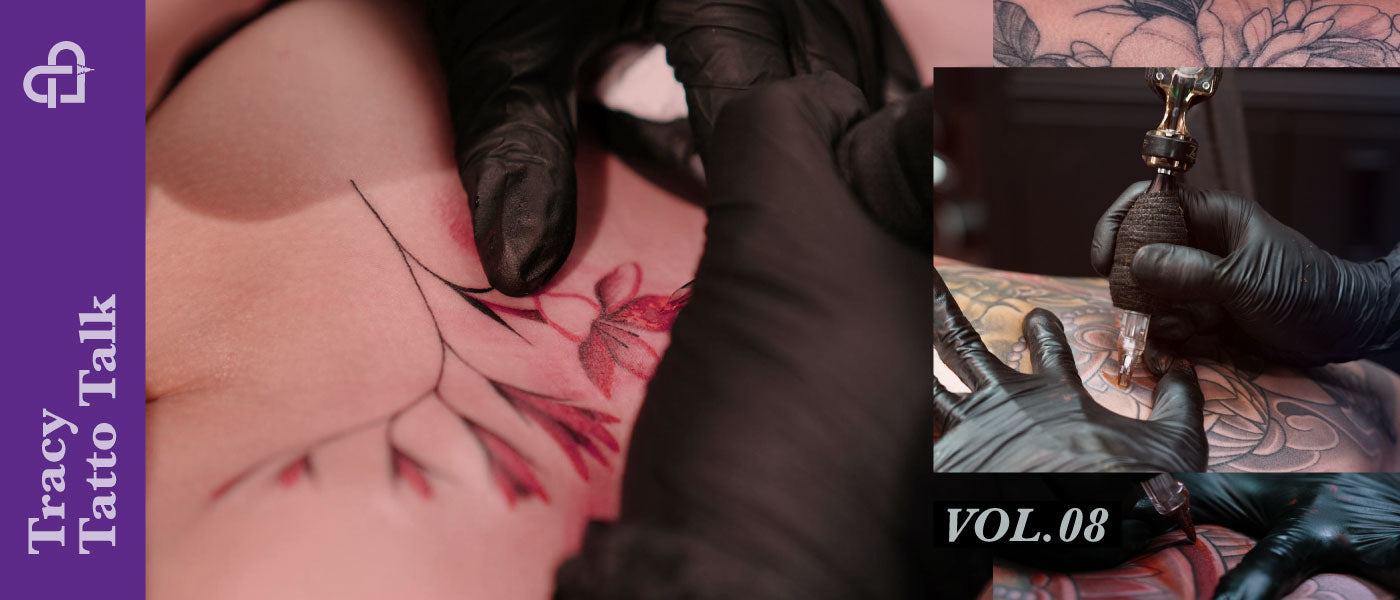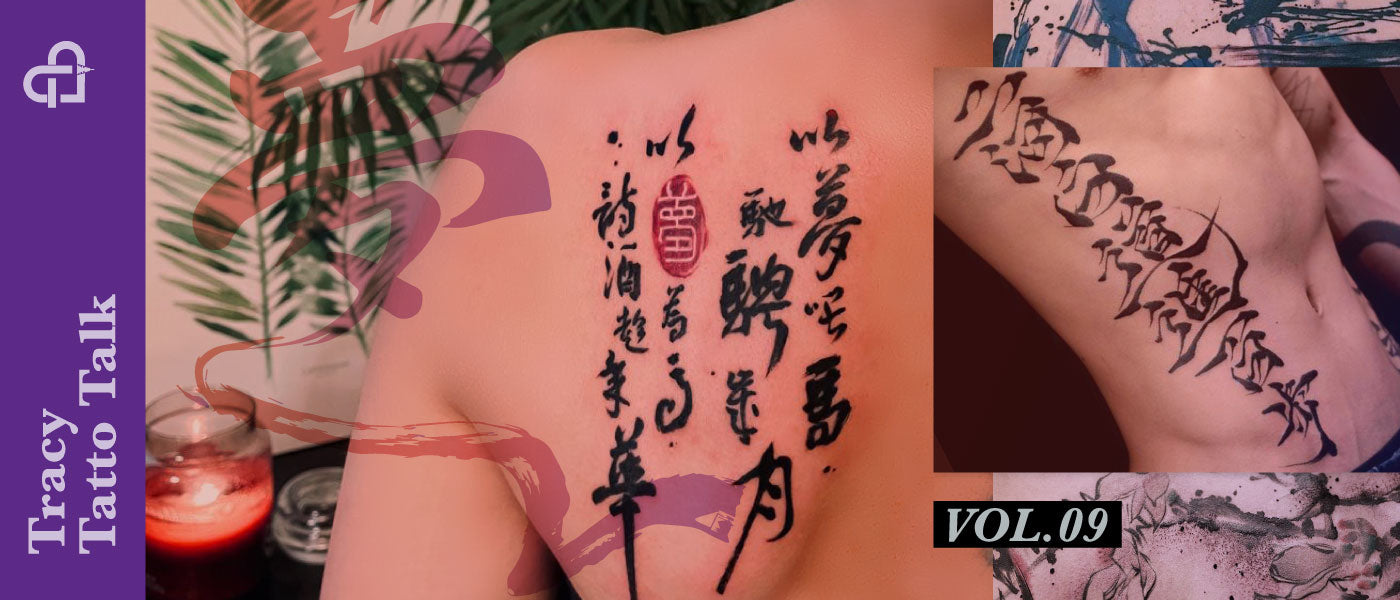Linework forms the foundation of any great tattoo, providing the framework that defines shapes, creates depth, and guides the eye through the artwork. However, achieving clean, crisp lines and unwavering stability isn't always easy. It requires a combination of technical skill, proper equipment, and an understanding of how different factors influence the final outcome. In this blog, we will explore how using top-notch needles can enhance your tattoo work, ensuring every line is crisp and clean.
Choose the Right Equipment
The needle is undoubtedly the primary tool that translates your vision into the skin. Here's how your needle choice impacts linework:
- Needle Point: Different needle points offer varying degrees of sharpness. Taper needles, with their gradually narrowing tips, create fine lines ideal for intricate details and lettering. Round needles, with a blunter tip, are better suited for bolder lines and color packing. A splatter-free needle enhances precision and cleanliness, resulting in sharper and more defined lines.
- Needle Configuration: The number of needles soldered together (liners, round shaders, etc.) affects the thickness and saturation of your lines. Tightly packed liners lay down thin, crisp lines, while looser configurations create thicker lines with a slight texture. Stability in these configurations is crucial to maintaining consistent line quality throughout the tattoo process.
- Needle Material: High-quality stainless steel needles offer superior sharpness, flexibility, and durability compared to lower-grade materials. This translates to better ink flow, cleaner lines, and less resistance while tattooing, reducing fatigue and improving overall precision. High-quality, medical-use stainless steel, and medical-grade plastic needles ensure top standards of hygiene and performance. Needles that maintain their sharpness and stability without splattering ink ensure the best possible outcome for both intricate and bold designs.
- Ink Flow: The right ink significantly impacts the final appearance of your tattoo. High-quality, vibrant inks with a smooth consistency perform better during linework, and consistent ink flow is vital for sharp lines. High-quality needles are Designed to facilitate smooth ink flow, high-quality needles preventing blotches or uneven lines. This results in clean, sharp outlines that enhance the overall tattoo design.
Preparation Phase
While needle selection is crucial, even the best needles won't magically create perfect lines. Proper preparation is key to achieving the best possible results. Here are some steps to set yourself up for success:
- Practice Your Linework Flow: Maintaining consistent, controlled pressure throughout your stroke is essential. Applying too much pressure can cause the needle to bounce and distort the line, while insufficient pressure can lead to faint, wispy lines. Focus on developing a smooth, controlled hand motion for line creation. Short, controlled strokes are preferable to long, sweeping motions, which offer less precision.
- Machine Setup: Fine-tune your machine for smooth operation. Ensure proper needle tension to avoid excess wobble. Adjust your stroke length to match your needle configuration and desired line thickness. A well-tuned machine enhances your ability to produce clean, consistent lines, reducing the risk of errors during the tattooing process.
- Skin Prep: Proper skin preparation is crucial. Removing surface oils and dead skin cells creates a smoother surface for the needle to glide across, reducing resistance and helping to create cleaner lines. This step also minimizes the risk of infection and ensures better ink retention.
Advanced Techniques for Flawless Lines
- Saturation Control: Learn to control the amount of ink deposited into the skin. Stippling, a technique utilizing short, rapid dots, creates smooth lines with a soft, textured appearance. Conversely, tight lining uses packed needles with minimal needle depth for crisp, opaque lines.
- Multiple Passes: For bolder lines or intricate details, consider using multiple passes. Each pass builds upon the previous one, allowing for more control over saturation and a cleaner final line. However, avoid overworking the area to prevent scarring.
- Whip Shading: This advanced technique utilizes a rapid side-to-side motion to create a smooth gradient effect within a single line. It's ideal for creating depth and dimension, particularly in realistic tattoos.
Conclusion
Achieving clean, crisp linework is a constant pursuit for tattoo artists. It takes dedication, practice, and a deep understanding of the factors that influence the final product. By choosing high-quality needles, mastering proper technique, and optimizing your overall tattooing approach, you can elevate your linework to new heights, creating stunning tattoos that stand the test of time. Remember, the perfect line is a journey, not a destination. Follow T&T on social media for more tattoo insights and don't miss our next blog!




Leave a comment
All comments are moderated before being published.
This site is protected by hCaptcha and the hCaptcha Privacy Policy and Terms of Service apply.